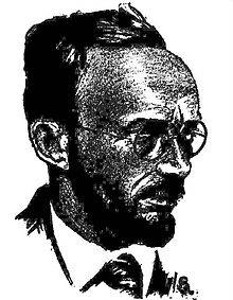All About Rockets and Jets

Author:
Fletcher Pratt
Illustrator:
Jack Coggins
Publication:
1958 by Random House
Genre:
Non-fiction, Science
Series:
All About Books (Space Science / Space and The Universe)
Series Number: 13
Current state:
This book has been evaluated and information added. It has not been read and content considerations may not be complete.
Book Guide
Search for this book used on:
In February, 1958, a four-stage Jupiter-C rocket carried America's first earth satellite into space. The rocket soared to a height of 200 miles. Six minutes and 48 seconds after launching, the satellite was in orbit. It traveled as much as 1,700 miles above the earth at a speed of about 18,000 miles per hour.
Four receiving stations relayed radio signals from the satellite to scientists eager for more information about outer space. From each report came facts that will make possible the really big flight into space -- by space ship to the moon. This, too, will depend on a rocket, the most efficient and most powerful engine in existence today.
The first rockets, invented by the Chinese more than 750 years ago, were simple paper tubes packed with gunpowder somewhat like our modern fireworks rocket. By now the rocket engine has been developed so that it can be used to drive submarines and aircraft. In the air a rocket moves like a bullet shot from a gun.
The new 1958 edition of All About Rockets and Jets explains the latest development in rockets and jets and shows what this means for flight into outer space. Dozens of pictures and diagrams by Jack Coggins add further information and interest to a story that is simple enough for young readers and truly fascinating fro all ages.
From the dust jacket
To view an example page please sign in.
Find This Book
Search for this book used on:



